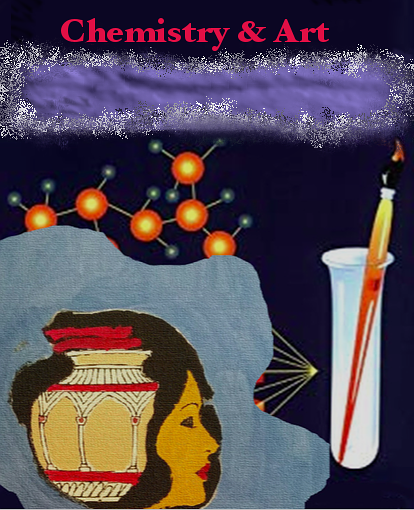Search This Blog
Thursday, August 3, 2023
"Explosion In Space". AI Short Story/ Illustration David S.Soriano
Wednesday, August 2, 2023
Tuesday, August 1, 2023
Across The Field. AI Collaborative Art. David S. Soriano
Monday, July 31, 2023
If The Earth Had Two Moons/ AI Collaborative Art. David S. Soriano
Bard ( AI/Google) , if the Earth had two Moons and a lunar eclipse occurred, what is the scenario on our planet?
If Earth had two moons, and a lunar eclipse occurred, the scenario on our planet would be quite different from what we see today.
- The eclipse would be much more complex. Instead of just seeing the Earth's shadow cross the Moon, we would also see the shadow of the second moon. This would create a complex pattern of light and dark on the Moon's surface.
- The eclipse would be more frequent. If the two moons were in a resonant orbit with each other, they would eclipse each other regularly. This could happen every few weeks or even every few days.
- The eclipse would have a greater impact on the tides. The gravitational pull of the two moons would combine to create even higher tides than we see today. This could lead to flooding in coastal areas.
In addition to these effects, there are a number of other possibilities that could occur if Earth had two moons. For example, the two moons could collide, or they could be captured by each other's gravity and become a binary system. It is also possible that the two moons could have different compositions, which would create different colors and textures on the Moon's surface.
Ultimately, the exact scenario that would occur if Earth had two moons would depend on the orbital characteristics of the two moons. However, it is clear that such a system would be much more dynamic and complex than our current one.
"Two Moons" (2023). David S. Soriano
AI Collaborative Art. Creative Commons. Use but credit artist.
Sunday, July 30, 2023
Zinc/Bromine Secondary Cell/ Zinc Cases/ Halloysite Clay
"Pile Batteries 4 Cells/6V ( Zinc/Act Carbon/ MnO2/ alkaline) are still important.
These cells are primary and start at 1.5V until the Mn +4 is reduced . However, I have re-charged them for 25 cycles until the voltage drops sharply. The zinc canister also oxidizes with leakage at that point.
I recycle the graphite current collectors, salvage the zinc and was/dry the Cact/ manganese species for other projects.
I am developing zinc/bromine secondary cells ( 1.80V open) with ZnSO4/ NaBr in water as electrolyte along with halloysite clay (kaolinf family member). This clay is nanotubular, absorbs the Br2 which forms by temporary dipole/ electrostatic interaction and provides tunnels for the ionic species involved.
While waiting for zinc cannisters to arrive for fresch cell construction, I cut the base off a extinguished Zn /carbon zinc casing, gutted out the Cact paste, paper separator and washed / dried the zinc cylinder. I filled ith with a paste made from the clay and aq. species. I left the graphite rod in place to serve as the cathode. The zinc case is the anode and deposited zinc metal will repair the inner surface during cycles of charge. Minimal zinc dendrites are expected to cause short-circuiting with Br2 contact.
Fast charge to 1.77V in minutes.
Inverted zinc casing with clay/ aq. electrolyte. the graphite rod (bottom) is the cathode. The zinc case is the anode. I inserted some paper in the cell and placed hot-glue to roughly seal the cell. I see no drippage from the bottom of the cell but have a beaker in place in case.
Source of the zinc cases/ graphite rods when the cells are "dead".
Top view of the bench-scale cell. I ran a small DC 1.5V motor with the cell.
When zinc cases arrive, I will set up cells in series/ parallel and collect data which I will publish here.









